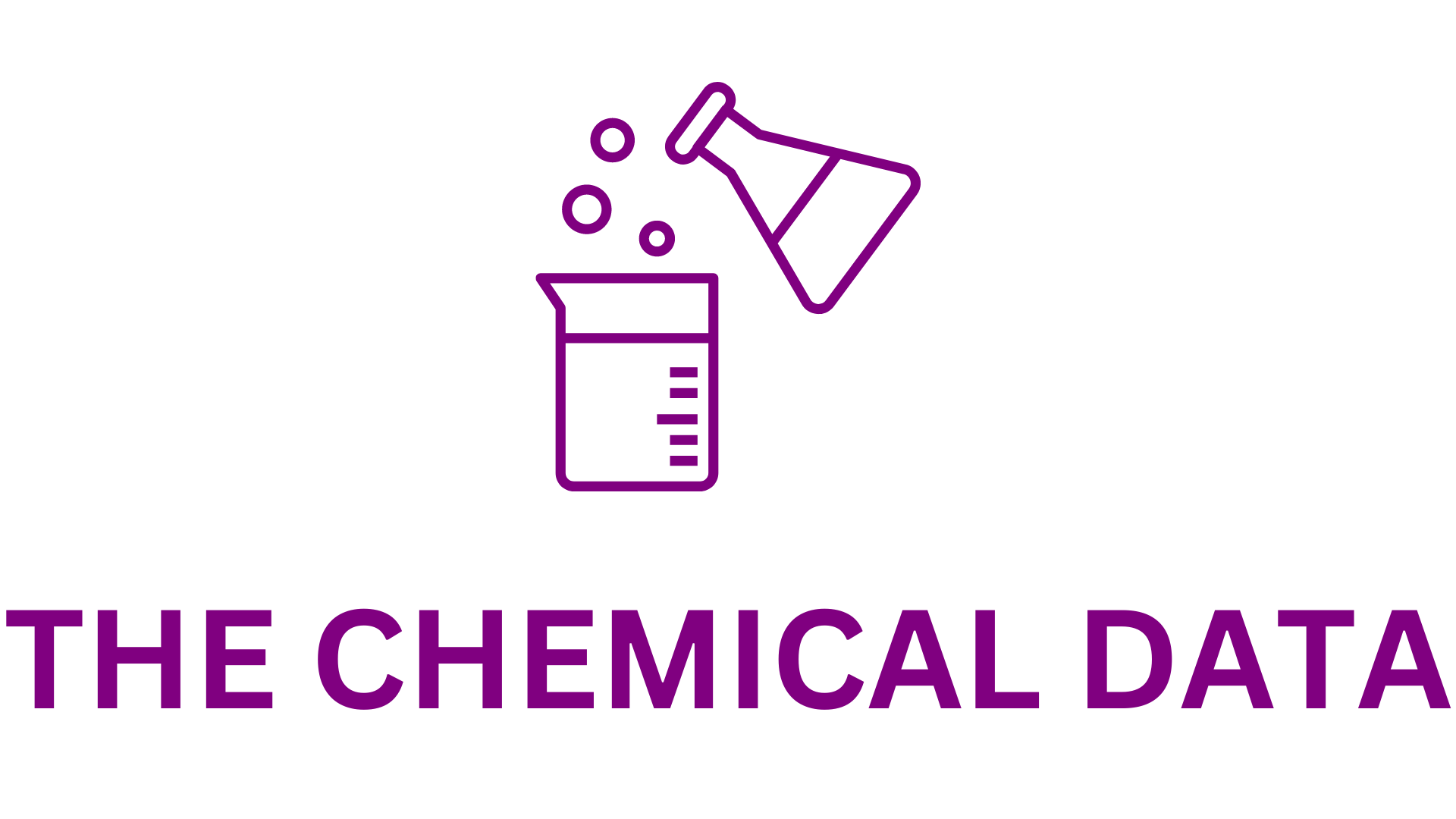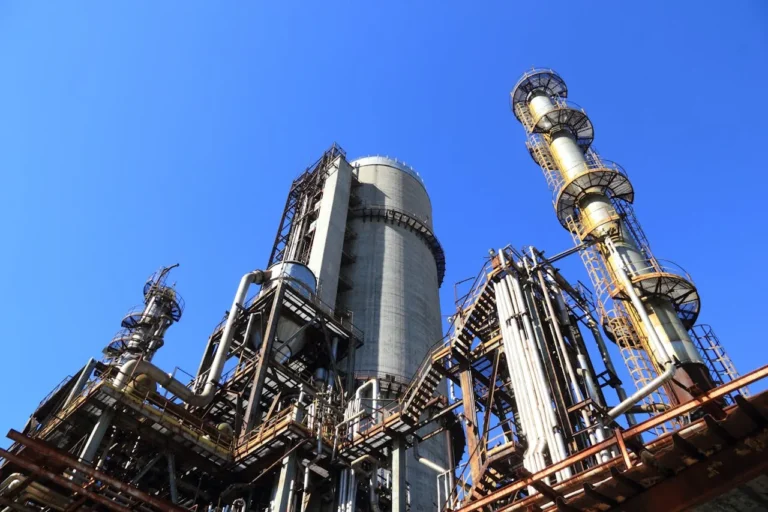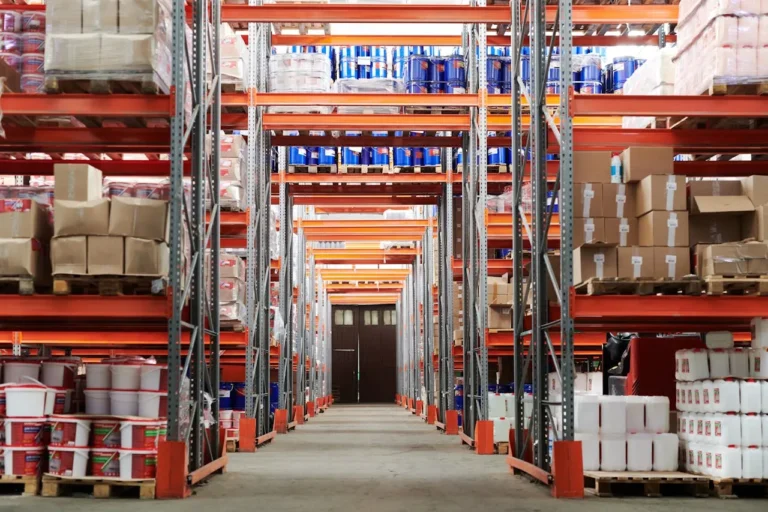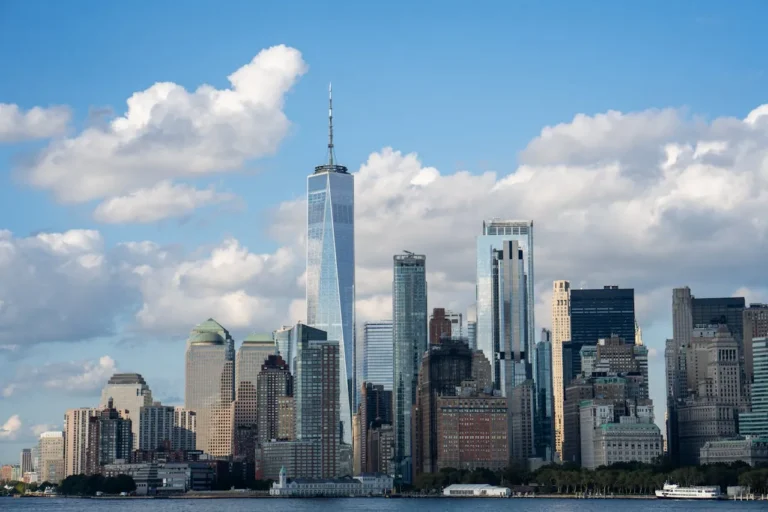
The global market for sustainable barrier coatings is undergoing a transformational shift, driven by mounting regulatory pressure, technological advancements, and growing consumer and brand demand for environmentally responsible packaging. As the packaging industry prioritizes circular economy models and seeks alternatives to conventional materials, sustainable barrier coatings are becoming central to innovation strategies and long-term growth. This market is expected to grow significantly through 2036, reshaping the value chain across key applications such as food, beverage, pharmaceutical, and industrial packaging.
Market Overview
Sustainable barrier coatings represent one of the most dynamic and rapidly evolving segments in the global packaging industry. This growth is largely fueled by increasing environmental mandates, particularly across the European Union, which are accelerating the transition away from fluorinated and petroleum-based barrier materials. At the same time, innovations in bio-based and recyclable polymer technologies are enabling scalable solutions that align with performance requirements and infrastructure realities.
Market Size and Forecast
The market is projected to achieve robust growth across regions, with global volume and value forecasted through 2036. From 2019 onwards, momentum has steadily built, with Europe leading regulatory-driven adoption, North America showing regional initiative-based growth, and Asia-Pacific emerging as a manufacturing and innovation hub.
Material Innovation & Technology Landscape
Thermoplastic & High-Barrier Polymers
Thermoplastics remain the largest and most commercially mature category of sustainable polymers. These include polyvinyl alcohol (PVOH) and ethylene vinyl alcohol (EVOH), which are widely adopted as recyclable alternatives to conventional materials. They offer high-performance moisture and oxygen resistance while being compatible with mechanical recycling systems.
In parallel, bio-based alternatives such as polylactic acid (PLA) and polyhydroxyalkanoates (PHA) are transitioning from lab-scale innovation to commercial deployment. These materials are particularly relevant in markets pursuing compostability or biodegradability certifications.
Bio-Based and Biodegradable Coatings
The bio-based coatings sector is a fast-growing niche within the broader market, emphasizing polymers derived from renewable feedstocks. Key materials include:
- Polysaccharides (starch, chitosan, alginates)
- Cellulose derivatives (cellulose acetate, nanocellulose)
- Proteins (whey, soy)
- Lignin-based polymers
- Tannin-based and furan-based biopolymers (PEF)
These materials are showing promise in food-grade and high-barrier packaging, especially as regulations limit the use of per- and polyfluoroalkyl substances (PFAS) and other persistent chemicals.
Nanotechnology and Functional Coatings
Emerging innovations include the use of nanomaterials such as:
- Nanocellulose
- Nanoclays
- Graphene oxide
- Carbon nanotubes (CNT)
- Halloysite nanotubes
These offer significant enhancements in barrier performance, durability, and sustainability with minimal material usage.
Water-based coating systems and dispersion technologies are also gaining market share due to lower environmental impact, reduced VOC emissions, and compatibility with paper-based substrates.
Market Drivers and Strategic Imperatives
Regulatory Pressure
Governments and regulatory bodies worldwide are accelerating sustainability mandates. Key developments include:
- EU’s Packaging and Packaging Waste Regulation (PPWR)
- Single-Use Plastics Directive (SUPD)
- REACH chemical compliance
- North American PFAS bans and FDA updates
- Emerging APAC regulatory frameworks
These mandates are spurring innovation and compelling companies to develop compliant, recyclable, or compostable coating systems. The PFAS phase-out alone represents a multi-billion-dollar market shift.
Circular Economy Commitments
Corporate sustainability goals—such as achieving 100% recyclable packaging by 2030—are creating demand for materials that can be recovered within existing infrastructure. Recyclability is emerging as a preferred attribute over biodegradability in many markets due to collection logistics and consumer behavior patterns.
Market Segmentation
By Application
- Food Packaging: Fresh produce, frozen foods, and ready-to-eat segments are driving demand for moisture- and oxygen-resistant coatings with food-safe certifications.
- Beverage Packaging: Liquid paperboard (e.g., milk cartons, juice boxes) and coffee cups require high-barrier, heat-sealable coatings.
- Non-Food Applications: Pharmaceutical, industrial, e-commerce, and electronics packaging are adopting sustainable coatings for protective and insulation performance.
By Substrate
- Cartonboard and Liquid Paperboard: Leading adoption due to compatibility with aqueous and dispersion coatings.
- Corrugated Packaging: Growing market for water-resistant coatings for transit and e-commerce packaging.
- Flexible and Rigid Plastics: Though more challenging, these are seeing uptake of recyclable mono-material and compostable coating solutions.
Regional Market Trends
Europe
Europe is at the forefront, driven by sweeping regulatory mandates and industry consortiums like 4evergreen and EUROPEN. The region is setting global benchmarks for material performance, end-of-life labeling, and recyclability standards.
North America
The U.S. and Canada show regional disparities, with states like California and New York enacting strict PFAS bans and EPR laws. Private sector sustainability commitments are major growth drivers.
Asia-Pacific
Rapid industrialization, increasing consumer awareness, and local regulations are propelling APAC growth. Countries like Japan and South Korea lead in bio-based R&D, while India and China offer scale for manufacturing and exports.
Industry Dynamics and Competitive Landscape
Value Chain Analysis
- Raw Materials: Bio-based feedstock availability and price volatility are ongoing concerns. Companies are investing in vertical integration and circular feedstock loops.
- Manufacturing: Key challenges include coating uniformity, scalability, and compatibility with existing packaging lines.
- Converters and Brands: Increasingly demanding recyclable or compostable solutions without sacrificing functionality or brand aesthetics.
Cost Considerations
Sustainable coatings currently carry a 20–40% price premium over traditional solutions. However, rising regulatory costs, eco-design incentives, and improving economies of scale are reducing this gap. Long-term cost parity is a realistic target as technology matures.
Strategic Market Scenarios
The report explores multiple growth trajectories:
- Base Case: Moderate adoption driven by regulatory compliance and brand initiatives.
- Accelerated Sustainability: Faster phasing out of legacy materials, broader consumer preference shifts.
- Regulatory Disruption: Introduction of aggressive global PFAS or plastic bans.
- Technology Breakthrough: Major advancements in nanotech, biopolymers, or recycling infrastructure.
Key Players
The competitive landscape includes 62 detailed company profiles, ranging from multinationals to emerging innovators:
- Multinational Chemical Companies: BASF, Dow, DuPont, Kuraray
- Forest Product & Pulp Players: Ahlstrom, Holmen Iggesund, Nippon Paper, Oji Paper
- Biotech & Specialty Coatings Firms: Danimer Scientific, Lactips, Melodea, Notpla, Cellugy
- Nanotech & Material Science Startups: Nfinite Nanotech, IonKraft, ANPOLY
These players differ in material focus, regional strength, innovation pipelines, and commercialization strategies.







